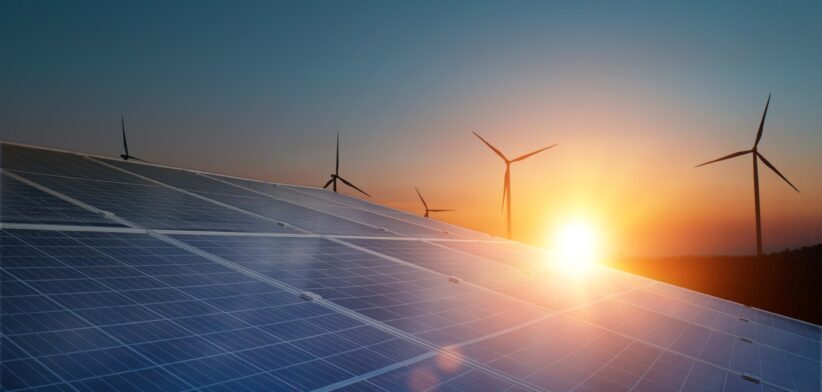The operators of the national energy market have confirmed renewable energy production, backed by gas, is Australia’s “optimal” path to net zero.
In its 2024 Integrated System Plan for the National Energy Market (NEM), the Australian Energy Market Operator (AEMO) stated “renewable energy connected with transmission and distribution, firmed with storage and backed up by gas-powered generation was the lowest-cost way to supply electricity to homes and businesses as Australia transitions to a net zero economy”.
The plan states that with about 90 percent of the NEM’s coal fleet forecast to retire before 2035 and the entire fleet before 2040, replacement investments were needed for Australia’s electricity system to remain secure, reliable and affordable.
“Action needed to deliver the transition is urgent, with risks in the market and policy settings, social licence, project delivery and supply chain to be actively monitored and issues quickly addressed,” the plan urges.
It called out forecasts which showed the NEM power system needed to almost triple its installed capacity in less than 30 years.
Federal Energy Minister Chris Bowen said AEMO had tested 1000 scenarios to ensure the lowest-cost plan to meet a growing electricity need and keep the grid reliable between now and 2050.
“AEMO’s plan is designed in collaboration with 2100 technical and delivery specialists, investors and experts from across the energy industry, plus consumer and community representatives.”
He said it confirmed reliable renewable energy available 24/7 with battery and pumped hydro storage, and flexible gas provided the most economic benefits for households and industry.
Minister Bowen said Australia was well under way in transforming its energy system.
He said renewables in the NEM momentarily reached 72 percent in 2023, with average penetration reaching just under 40 percent.
The plan stated that in the past 12 months, 13.5 GW of generation and storage projects were approved for grid connection and half of the 5000km of transmission lines needed by 2030 were already under way.
“AEMO estimates the capital cost for necessary new transmission lines, plus all the new utility-scale solar, wind, storage, hydro and gas required to meet Australia’s energy needs by 2050, has a present value of $122 billion,” Minister Bowen said.
“It also shows that we can reduce the need for up to $4 billion in infrastructure including transmission, through strong coordination of consumer energy products and services, such as solar panels, batteries and heat pumps.”
He said the grid was changing rapidly with one in three households now having rooftop solar, with uptake of batteries and electric vehicles also on the rise.








